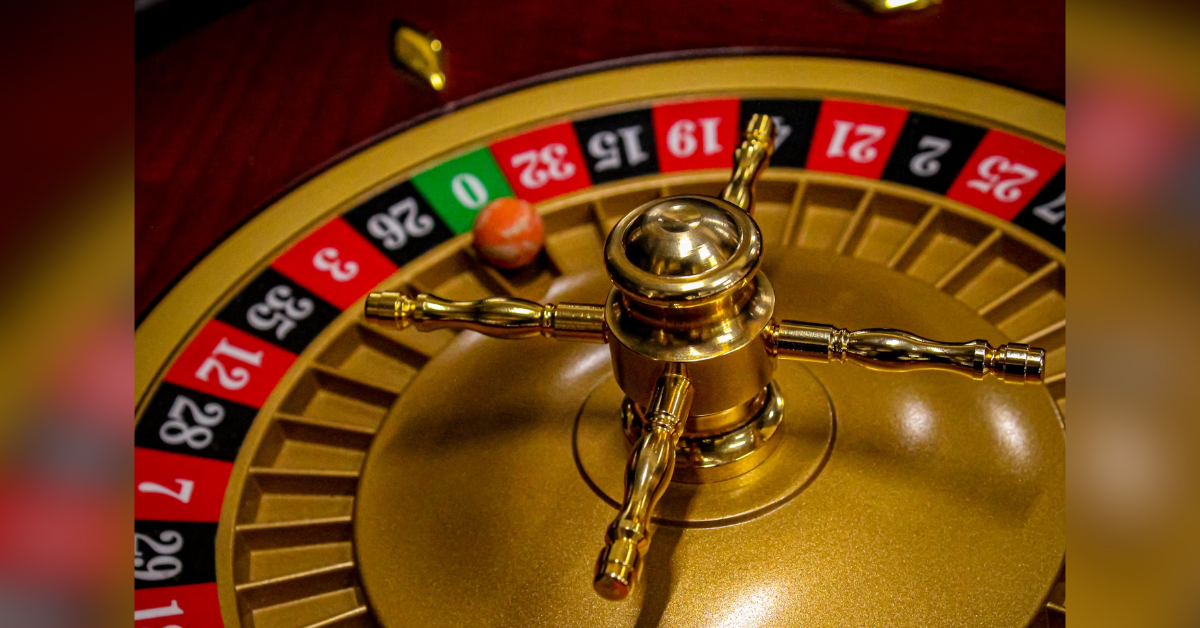JavaScript Slot Machine Coding: A Beginner’s Step-by-Step Guide

Nov. 12 2024, Published 3:00 a.m. ET
Introduction to Slot Machine Games
Slot machine games have long been a favorite in the casino world. The simple mechanics of spinning reels and matching symbols make them easy to understand and highly addictive. These games rely heavily on chance, with random number generators determining the outcome of each spin.
When it comes to coding these games for the web, JavaScript is the language of choice. It allows developers to create interactive and engaging browser-based casino games that work smoothly across devices. If you’re an aspiring game developer or someone with an interest in iGaming, learning to code a Javascript slot machine code is a fantastic project to begin with.
What You Need to Start
Before diving into the world of JavaScript casino games, it’s essential to make sure you have the right tools in place. You don’t need to be an expert in JavaScript, but understanding the basics will be helpful. Here’s what you’ll need to get started:
- Knowledge of JavaScript: Familiarity with the core concepts of JavaScript like variables, arrays, and functions is essential. You don’t need to be an expert, but a basic understanding will go a long way.
- Text Editor: A simple text editor such as Visual Studio Code, Sublime Text, or Notepad++ is all you need to write your code.
- Web Browser: Any modern browser (like Google Chrome or Firefox) will be fine for testing your game.
- Basic HTML and CSS: Since your game will run in a web browser, knowing how to structure your page using HTML and style it with CSS will be helpful.
With these tools, you’re ready to start coding your slot machine JavaScript game!
Understanding the Core Concepts
To create a successful slot machine JavaScript game, it’s essential to understand some core concepts that form the foundation of most slot games:
- Reels: These are the spinning columns in a slot machine. Typically, a slot machine has three or five reels, each containing symbols like fruits, numbers, or special icons.
- Symbols: These are the images that appear on the reels, such as cherries, bars, and sevens. Different symbols can trigger different outcomes in the game, such as wins or special features.
- Paylines: A payline is a line across the reels that determines the winning combinations. In most games, the symbols must match on a payline to trigger a win.
Setting Up Your Development Environment
To start building your JavaScript slot machine game, you’ll need to create a few basic files:
- index.html: This file will structure the layout of your game (i.e., the reels, buttons, and display elements).
- style.css: This file will define the look and feel of your game, including the colors, fonts, and layout.
- script.js: This is where all the game logic will go, including the spin mechanics, randomness, and winning conditions.
With these files in place, you’ll be ready to start building your game!
Building the Slot Machine Layout
The next step is to create the layout of your game using HTML. You’ll need to create elements for the reels, a button to spin the machine, and any other visual components like score displays or win counters. Here’s an example of what your layout might look like:
- Three reels arranged horizontally
- A "Spin" button beneath the reels
- A simple win display
Once you have the basic structure in place, you can use CSS to style your game and make it visually appealing.
Understanding Reels and Symbols
Now that you have your layout set up, it’s time to define the symbols that will appear on the reels. For a simple slot game, you might choose classic symbols like:
- Cherries
- Lemon
- Bar
- Seven
Each reel will display one of these symbols, and when the player spins, the reels will randomly select one of these symbols to appear.
Coding the Spin Function
To make the game interactive, you need to code the spin function. When the player clicks the "Spin" button, the reels should start spinning, and random symbols should appear. Once the spin is complete, the game should check for a winning combination (e.g., three matching symbols on a payline).
Adding Randomness to the Slot Machine
The key to making your JavaScript slot machine game fair and fun is randomness. This is achieved by using a random number generator (RNG) to determine which symbols will appear on the reels. The RNG ensures that the game’s results are unpredictable, just like in a real casino.
Creating Winning Combinations
Winning combinations in a slot machine typically consist of matching symbols appearing on a payline. For example, if all three reels display a 7, the player wins. You’ll need to write a function that checks if the symbols on the reels match any of the winning combinations.
Designing a Simple Paytable
A paytable is a list of all possible winning combinations in the game. For each combination, it shows the payout the player will receive. For instance, three matching cherries might pay 10x the bet, while three 7s could pay a larger amount. You can design a simple paytable to show the player their potential payouts.

Implementing Betting and Payouts
Most slot machines allow players to place bets and earn payouts. You’ll need to create a simple betting system where the player can choose how much to bet on each spin. Once the spin is complete, the game should calculate the payout based on the winning combination and the player’s bet.
Styling the Game
With the game logic in place, it’s time to style your slot machine to make it visually appealing. You can use CSS to add colors, fonts, and images to your game. For instance, you might want to give the reels a shiny, metallic look and use bright colors for the buttons.
Testing and Debugging
Before launching your game, it’s essential to test and debug it thoroughly. Try out different bet amounts, spins, and combinations to make sure everything works as expected. Fix any issues with the code and test again.
Deploying Your Slot Machine Game
Once your game is fully developed and tested, it’s time to deploy it. You can host your game on a website or share it with friends. If you want to make it available to a broader audience, you could even integrate it with a casino platform.
Conclusion
Building your own JavaScript slot machine game is a fun and rewarding experience. It’s a great way to learn more about game development and improve your JavaScript skills. By following this guide, you’ll be able to create a simple yet exciting slot machine game that can be played directly in a web browser.
If you’re looking for expert help or want to take your casino game development to the next level, AIS Technolabs offers top-tier iGaming solutions and can help you bring.
The information provided in this article is for general informational purposes only. Gamble or play responsibly. If you or someone you know has a gambling problem, help is available. Call 1-800-GAMBLER. If you’re in the U.K. and need help with a gambling problem, call the National Gambling Helpline on 0808 8020 133 or go to gamstop.co.uk to be excluded from all UK-regulated gambling websites. We disclaim any liability for any loss or damage arising directly or indirectly from the use of, or reliance on, the information presented.


